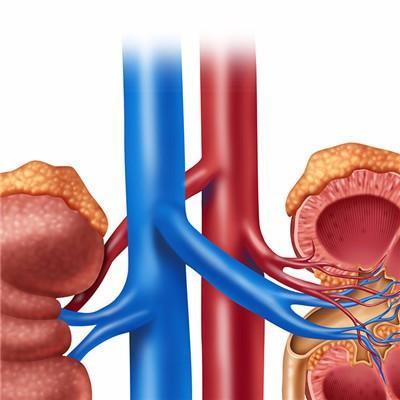What is crescentic glomerulonephritis?
summary
Crescentic glomerulonephritis is a term of renal pathological diagnosis, also known as acute progressive glomerulonephritis. It refers to a group of clinical syndrome with short-term oliguria, anuria and rapid deterioration of renal function on the basis of nephritis syndrome (hematuria, proteinuria, edema and hypertension). This disease has acute onset, severe condition and poor prognosis. It is the most serious group of renal diseases with the highest mortality. The pathological changes of glomeruli were characterized by cell proliferation and fibrin deposition. The diagnostic criteria for crescentic glomerulonephritis was that more than half of the glomeruli in the renal biopsy specimens had the formation of large crescentic body (crescentic body accounted for more than half of the renal capsule area).
What is crescentic glomerulonephritis?
Rapid progressive nephritis syndrome. Type I is common in young and middle-aged patients, type II and type III are common in middle-aged and elderly patients, mostly male. Patients may have prodromal respiratory tract infection, onset more acute, rapid progress of the disease. Acute nephritis syndrome is characterized by acute onset, hematuria, proteinuria, oliguria, edema, hypertension, oliguria or anuria in the early stage, progressive deterioration of renal function and development of uremia. Patients are often accompanied by moderate anemia. About half of type II patients may have nephrotic syndrome. Type III patients often have unexplained manifestations of systemic vasculitis such as fever, fatigue, arthralgia or hemoptysis.

The main immunological abnormalities were anti GBM antibody positive (type I) and anti ANCA positive (type III). In addition, circulating immune complexes and cryoglobulin may be positive in type II patients, and may be accompanied by a decrease in serum C3. B-mode ultrasound and other imaging examinations often show enlargement of both kidneys. The pathological changes were characterized by cell proliferation and fibrin deposition in renal sacs. Crescent formation was found in more than 50% glomeruli.

Intensive plasma exchange therapy: suitable for all types of acute progressive nephritis, but mainly suitable for type I; For Goodpasture syndrome and acute progressive glomerulonephritis caused by primary small vessel vasculitis (type III) with life-threatening pulmonary hemorrhage, the effect is more positive and rapid, so it should be the first choice. Plasma and blood cells of patients were separated by plasma exchange machine. Plasma was discarded and the same amount of normal human plasma (or plasma albumin) and blood cells of patients were re imported into the body. The therapy should be combined with glucocorticoid, oral prednisone, 2-3 months later, cytotoxic drugs, cyclophosphamide oral, the cumulative amount is generally not more than 8g, in order to prevent the body from losing a lot of immunoglobulin, harmful antibody synthesis caused by "rebound".

matters needing attention
All patients with acute nephritis syndrome accompanied by rapid deterioration of renal function, no matter whether they reach oliguric acute renal failure, should be suspected of the disease and renal biopsy should be carried out in time. If crescentic glomerulonephritis is confirmed by pathology, systemic diseases can be excluded according to clinical manifestations and laboratory examination.













